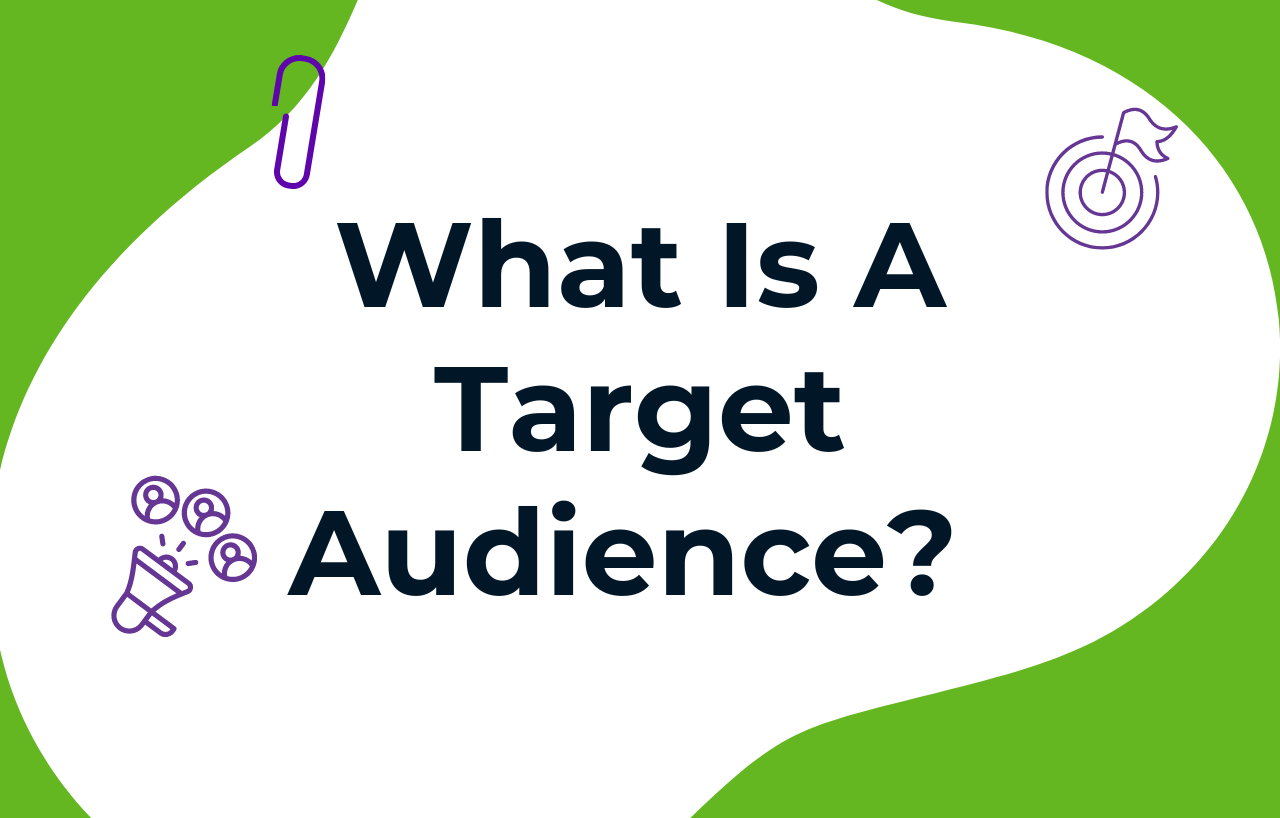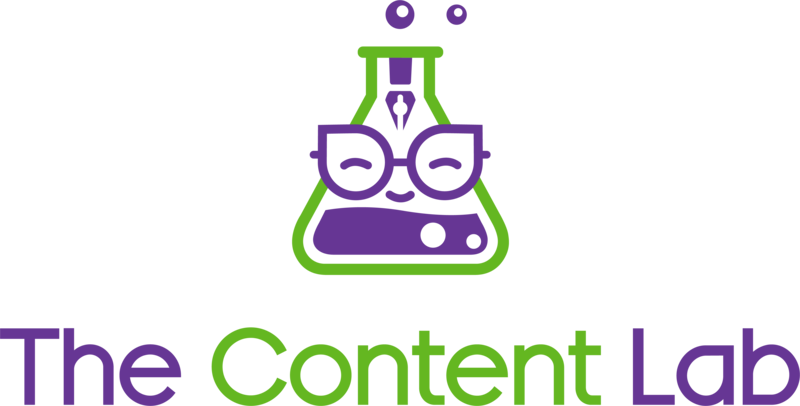The year is 2023. The age of post-truth. On every street corner, lurking in every media outlet is the looming threat of… dun, dun, DUN! … Fake News.
But seriously, with so many opportunities for people to create and consume media and integrity seemingly gone out the window, it’s becoming increasingly difficult to know which sources you can trust.
Not to get all *these days* on you, but it is the reality of today and our responsibility as content creators to resist giving in to such traps as a means to make a quick buck.
Besides, you know from your own experience online that it’s not difficult to sniff out clickbait. Hyperbolic buzzwords and extravagant claims usually set off those internal alarm bells, even if you’re still tempted to read that trashy celebrity article against your better judgement.
Sometimes it seems those who perpetuate this kind of media and pump out clickbait are the ones who come out on top in terms of site traffic. They prepare their bait and catch the most clicks hook, line, and sinker.
There is hope!
You seem like a nice person (we can tell), and you don’t want to get involved in the dark underbelly of fake news media and clickbait. But that doesn’t mean you have to settle for second best.
You know that to get your audience to read your blog post or open your marketing email, is with a captivating title. You need a good hook to reel them in, but hey, you’ve got principles, and you’re not about to put any old crap out there for clicks!

So, how do you reach your audience when they are already overwhelmed by a saturated media market selling lies?
How do you speak to them in a manner that catches their attention and engages them enough to continue reading while not overpromising or crossing over into the murky realms of clickbait?
Curiosity didn’t kill the conversion
Are you curious? Good! Then we’re on the right track. Creating a sense of curiosity for your reader is the most effective and ethical way to engage and encourage them to read on, so you can sleep at night and still pay the bills.
Let’s look at some tools you can use to achieve this delicious sense of curiosity we so crave. Once we’re finished, you’ll be able to remain authentic while still writing impressive titles that convert every time, taking them from clickbait to a total checkmate!
1. Appeal to the reader’s emotions

As your favourite 90’s girl group Destiny’s Child once sang, “in the words of a broken heart, it’s just emotion taking me over.” Fortunately, you don’t need to break any hearts to evoke a bit of emotion in your writing.
Create titles that are emotionally driven without being hysterical. Your reader is much more likely to click into your blog post or email when you use words that paint an emotional picture.
Show your audience how you could improve their life or solve their problems to keep them from continuing scrolling or reporting spam. Highlight what makes your offerings so amazing and why they should read on without delay!
Try, for example, some of the following words:
- Increase
- Boost
- Incredible
- Groundbreaking
- Now
- Quick
Choose wisely and be selective. Remember, you don’t want to be overenthusiastic and risk making your titles appear shady!
2. Ask questions
As a general rule of thumb, it’s a good idea to ask questions in life.
What makes me truly happy?
How do we take better care of our planet?
Why have they not yet developed the technology that enables my mug to remind me about that cup of tea I made 15 minutes ago that is rapidly decreasing in temperature?
Maybe not those questions for the purpose of content writing, but those are some pretty pressing issues.

Those initial moments when someone is reading your title are precious. Questions are highly effective in engaging your audience, getting them thinking, and creating mystery to entice them to read.
If your titles pose questions that make your audience curious about what life would be like were they to purchase your products or services, you may be on to a winner.
Once you’ve engaged your reader enough to read beyond the title and into the good stuff, you’re closer to converting leads into customers.
3. Show, don’t tell
Ah, your old friend, “show, don’t tell.” The foundation of modern copywriting. The bread and butter of content, so to speak.
We know it’s important, but how does “show, don’t tell” actually work?
Frame your titles in a way that goes beyond telling the reader that your subject matter is exciting.
Try to conjure up the feeling of excitement in your writing rather than listing emotions or telling them what to feel. Instead of telling them something is interesting, get them interested!
Imagine you’re sending out a marketing email to announce a new product. Let’s take, for example, the following:
Exciting new chew toy your puppy will love Vs. Exclusive offer: Calming chew toy to keep your puppy’s mind active and their tail wagging
Both titles convey that you’re offering a new chew toy for puppies and that it’s indeed exciting.
However, the second option shows you why your puppy will love the toy and what your life will be like when you purchase it. They will be calm, occupied, and happy!
The key component is allowing your audience to envision their lives with your product or service in it. Again, we’re bringing it back to painting an emotional picture that comes alive in their mind’s eye, making them eager to read on.
If you can show rather than tell, you are far more likely to get your reader to actually experience the intrigue you are trying to elicit. Getting specific really helps to ignite the reader’s imagination and allows them to fill in the blanks themselves.

4. Target pain points
The term pain points is deceiving. We don’t mean personally hitting your audience where it hurts and insulting them.
Thankfully, we mean quite the opposite. We want to show empathy for our reader by acknowledging that we understand their problems and can help to solve them.
Targeting pain points is a win-win situation. If the reader relates to the specific issue you are targeting, then you have the solution! So no need to feel grimey or exploitative, despite the name.
This ties in with the above points on “show, don’t tell” and appealing to the reader’s emotions.
If you can address their pain point, show them how you can help and what that reality will feel like, and even manage to elicit some emotion, you will have created a solid title that will be hard to resist for all the right reasons.
5. Create a sense of exclusivity

Us humans are social beings. We like to feel accepted and involved in what interests us, and we don’t like to feel like we’re missing out. This element of human nature is instrumental when it comes to copywriting.
You can use your titles to create a sense of exclusivity surrounding your offer. Make your audience wonder what it’s like to be on the inside, and most importantly, make sure they know they won’t want to miss out!
If you dare to walk the tightrope of introducing a sense of urgency without sounding too clickbaity, then we salute you. It is achievable, but it can be a little tricky to get the balance right.
You don’t want to go too far on the side of EVERYTHING MUST GO OFFER ENDS IN 1.8 SECONDS!!!, yet you do want to create the feeling of urgency and exclusivity that results in conversion.
It’s a class act getting this on point. We recommend putting on a top hat and monocle to help get you in the right frame of mind.
Not only will your reader be curious about what they are potentially missing out on, but they will also be curious as to why you’re dressed like that in 2022.
So, what have we learned?
There are several tools you can use to help you craft engaging titles by naturally making your reader curious. Now you’ll be able to create headlines that convert without writing dramatic fantasy fiction.
It’s important to take from the above as you see fit. Mix and match the tools that speak to you and that you feel comfortable working into your content. Your audience is smart and can tell when you’re being a little OTT and not being true to yourself.
Just as you may wish to pose a question in your headline, ask yourself if what you have written is too much or if it reads as sincere. Try your best to be objective, and you’ll get a pretty good gauge of whether or not it feels right.
When there are many slime-free ways to write engaging titles and headlines that don’t make you question your integrity as a human being, it’s a shame that we don’t see more decent and trustworthy writing online. But, as professional writers, we understand how much of a delicate task that is.
If you’re concerned about creating unique content that’s authentic and compelling to read, why not leave it up to the professionals?
We’re all about helping people communicate their identity and message effectively and truthfully to the world. Email our founder over at [email protected] or get in touch today to begin your journey to your dream content.
Other Posts
 Content Marketing
Content Marketing 5 Steps To Building A Black Friday Marketing Campaign That Works
 Content Strategy 101
Content Strategy 101 What Is A Target Audience? Tips On How To Find Yours
 Content Marketing
Content Marketing 
